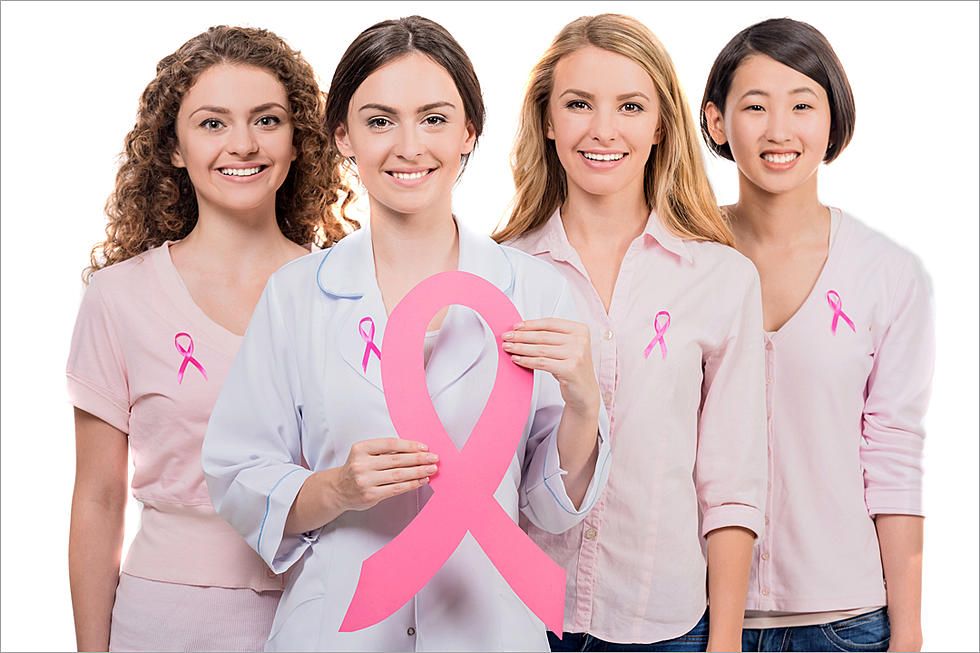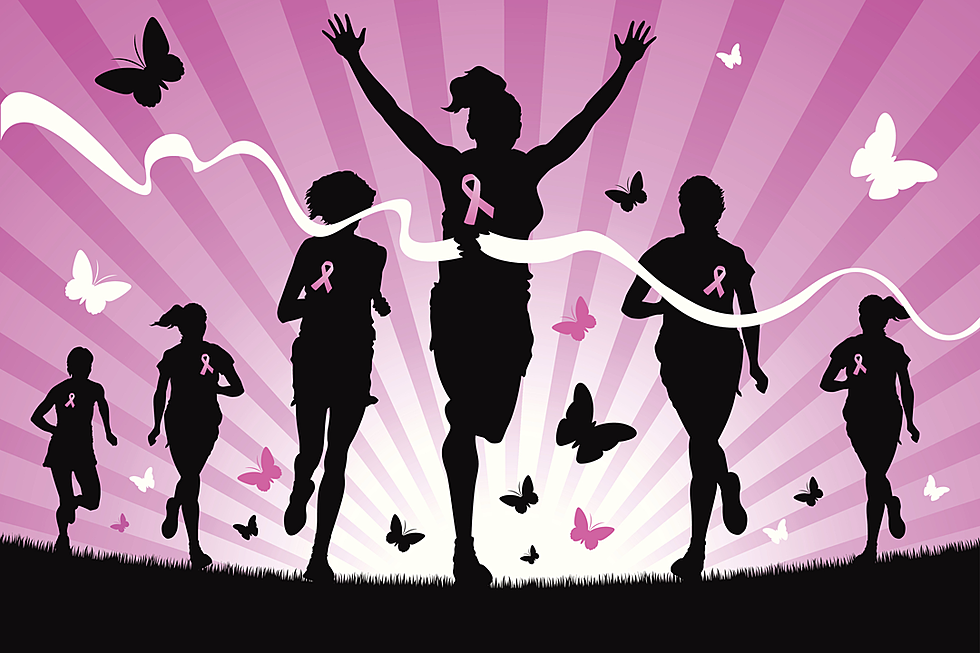
My Risk For Breast Cancer
When evaluating if you are at an increased risk for breast cancer, multiple factors play a role – some are controllable, while others are not. With so many factors to consider, it can be difficult and confusing to determine what your own risk may be. You should consult with your physician to discuss your specific risks and appropriate plan for screening.
Gender – Women are at higher risk than men
Age – Risk increases with age
Personal History – Breast abnormalities (atypical hyperplasia) and/or cancer
Family History – Family history of breast or ovarian cancer, particularly the number of first-degree relatives (mother, sisters, daughters) with breast cancer
Menstrual Periods – Menstruation at a young age (younger than 12 years old), having gone through menopause at a late age (older than 55 years old)
Having Children – First pregnancy later in life (after age 30) or never having had a pregnancy
Prior Radiation Therapy – If you had radiation therapy to the chest as a child or young adult, such as for Hodgkin's Disease
Exposure to Diethylstilbestrol (DES) – If you took DES (was given in the 1940s-60s, to try to decrease the chance of miscarriage) or if your mother took DES
Dense Breast Tissue – Increased breast density on mammography makes it more difficult to spot abnormalities
Alcohol – Those who have 2 to 5 drinks daily have about 11Ž2 times the risk of developing breast cancer compared to women who drink no alcohol
Obesity – Being overweight or obese has been found to increase breast cancer risk, especially for women after menopause
Early detection saves lives. To schedule your mammogram today, visit https://goo.gl/RZIssW.
More From 92.7 WOBM









